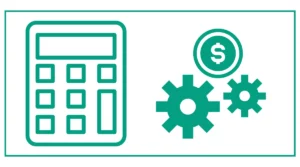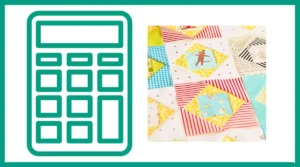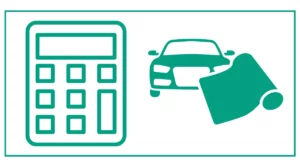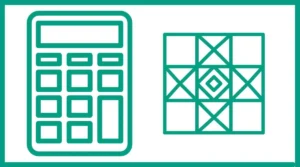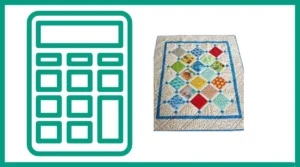Equilateral Triangle Quilt Calculator
Number of Rows:
Strip Height: inches
Total Triangles per Row:
An equilateral triangle has three equal sides and three equal angles, each measuring 60 degrees. This symmetry makes equilateral triangles particularly appealing for quilt designs, as they can be easily tessellated to create various patterns.
Key Properties of Equilateral Triangles in Quilting:
- Equal side lengths
- 60-degree angles
- Easily combinable for diverse patterns
- Symmetrical appearance
Understanding these properties is crucial when planning and executing your equilateral triangle quilt project.
Designing Your Equilateral Triangle Quilt
Designing an equilateral triangle quilt offers endless possibilities for creativity. From simple repeating patterns to complex, multi-colored designs, the options are limited only by your imagination. Here are some design considerations to keep in mind:
Color Schemes and Fabric Selection
Choosing the right colors and fabrics is crucial for creating a visually appealing equilateral triangle quilt. Consider the following approaches:
- Monochromatic: Use varying shades of a single color for a subtle, elegant look.
- Complementary: Select colors opposite each other on the color wheel for high contrast.
- Analogous: Choose colors adjacent to each other on the color wheel for a harmonious effect.
- Scrappy: Incorporate a variety of fabrics for a eclectic, bohemian style.
Pattern Arrangement
Experiment with different arrangements of your equilateral triangles to create unique designs:
- Random placement
- Geometric shapes (e.g., stars, hexagons)
- Gradients or ombré effects
- Representational designs (e.g., landscapes, abstract art)
The Equilateral Triangle Quilt Calculator
One of the most challenging aspects of creating an equilateral triangle quilt is determining the correct measurements and number of triangles needed. This is where our equilateral triangle quilt calculator comes in handy. This tool simplifies the planning process by providing essential information based on your desired quilt dimensions.
How to Use the Quilt Calculator
- Enter your desired quilt width in inches.
- Input the desired quilt length in inches.
- Specify the finished triangle height (measured from the base to the apex).
- Click “Calculate” to generate the results.
The calculator will provide you with:
- Number of rows in your quilt
- Strip height (including seam allowance)
- Total triangles per row
This information is invaluable for planning your equilateral triangle quilt project efficiently.
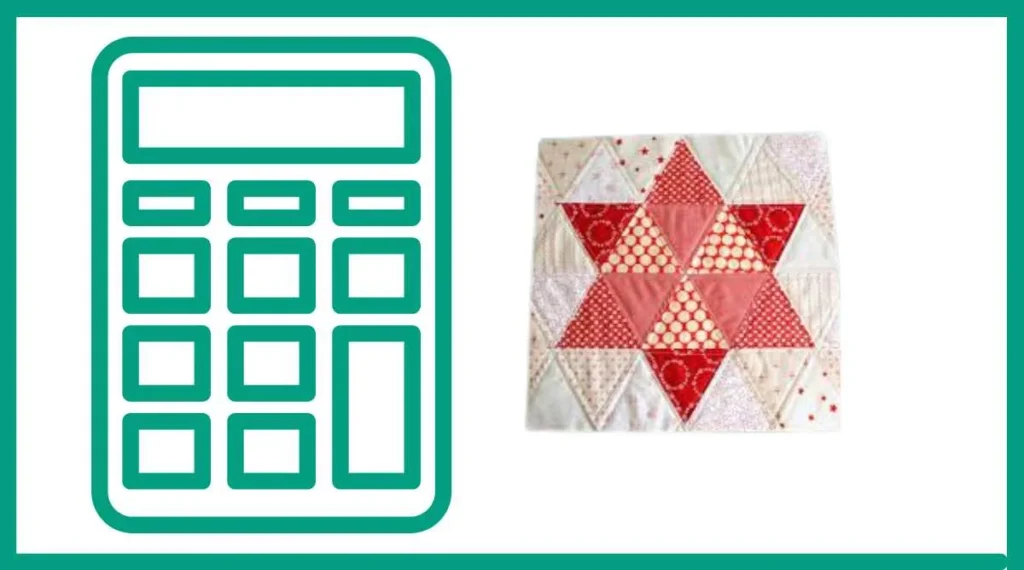
Cutting and Preparing Equilateral Triangles
Once you have your measurements, it’s time to cut your fabric into equilateral triangles. There are several methods to achieve accurate cuts:
Using a Triangle Ruler
A specialized triangle ruler is the most straightforward way to cut equilateral triangles. These rulers often have guidelines for various sizes and include seam allowances.
Rotary Cutting with a 60-Degree Line
If you don’t have a triangle ruler, you can use a standard rotary cutter and ruler with a 60-degree line. Here’s how:
- Cut a strip of fabric to the required width.
- Align the 60-degree line on your ruler with the edge of the fabric strip.
- Cut along the ruler’s edge to create your first triangle.
- Flip the ruler and repeat for subsequent triangles.
Die Cutting
For large-scale projects, consider using a die-cutting machine with a triangle die. This method ensures consistency and speeds up the cutting process.
Piecing Your Equilateral Triangle Quilt
Assembling an equilateral triangle quilt requires attention to detail and proper technique. Follow these steps for successful piecing:
- Arrange your triangles according to your design plan.
- Sew triangles together in rows, paying careful attention to the orientation of each piece.
- Press seams in alternating directions between rows to reduce bulk.
- Join rows together, matching seams at triangle points.
Tips for Precise Piecing
- Use a quarter-inch seam allowance consistently.
- Pin or clip triangle points to ensure accurate alignment.
- Sew with the bias edge on top to prevent stretching.
- Trim dog ears (excess fabric at triangle points) as you go.
Quilting Your Equilateral Triangle Quilt
Once your quilt top is complete, it’s time to quilt it. The quilting pattern you choose can enhance or complement your triangle design. Consider these quilting options:
- Straight-line quilting following the triangle edges
- Echoing the triangle shapes
- All-over free-motion designs
- Custom quilting that highlights specific areas of your design
Examples of Stunning Equilateral Triangle Quilts
To inspire your creativity, let’s explore two examples of equilateral triangle quilts:
Example 1: The Rainbow Gradient Quilt
This stunning quilt features equilateral triangles arranged in a gradient pattern, transitioning from cool blues and purples to warm reds and oranges. The quilt maker used the triangle quilt calculator to determine that they needed 20 rows of triangles, with each row containing 30 triangles. The finished quilt measures 60 inches wide by 75 inches long, with each triangle having a finished height of 3.75 inches.
The gradient effect was achieved by carefully selecting fabrics in each color family and arranging them to create a smooth transition. The quilt was finished with straight-line quilting that followed the edges of the triangles, emphasizing the geometric pattern.
Example 2: The Starry Night Quilt
This intricate equilateral triangle quilt draws inspiration from Van Gogh’s “Starry Night” painting. The quilt maker used the triangle calculator to plan a quilt measuring 72 inches square, with triangles having a finished height of 2 inches. This resulted in 36 rows of triangles, with each row containing 72 triangles.
The design was created by treating each triangle as a pixel in the overall image. Dark blues and blacks were used for the night sky, while yellows and whites represented stars and the crescent moon. The swirling patterns of the original painting were recreated using carefully placed triangles in various shades of blue and teal.
The quilt was finished with free-motion quilting that echoed the swirling patterns of the design, adding texture and movement to the finished piece.

